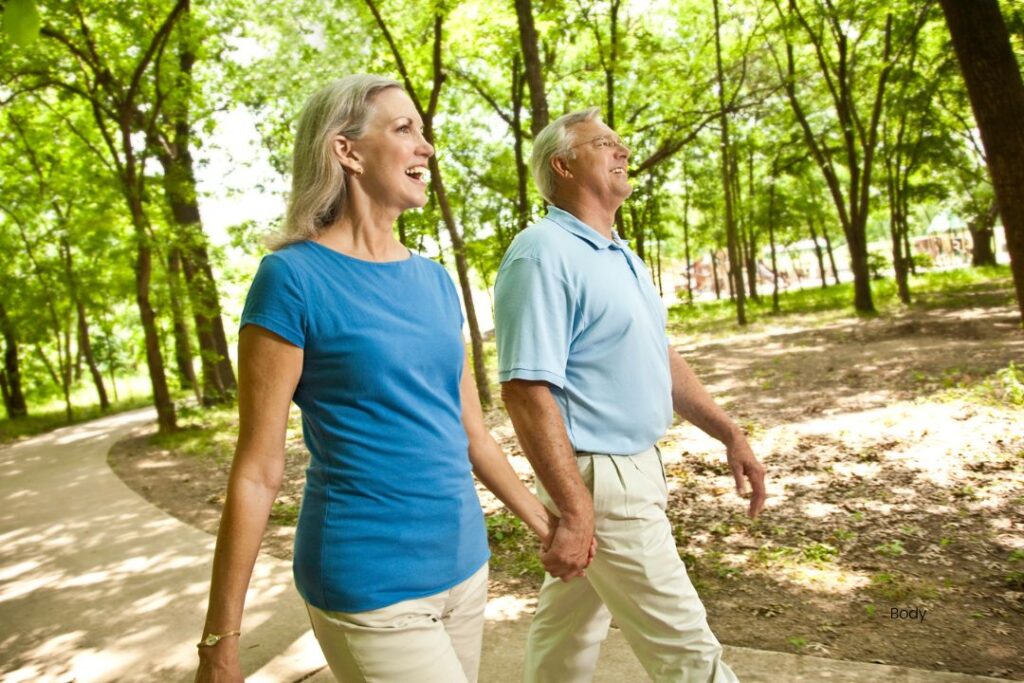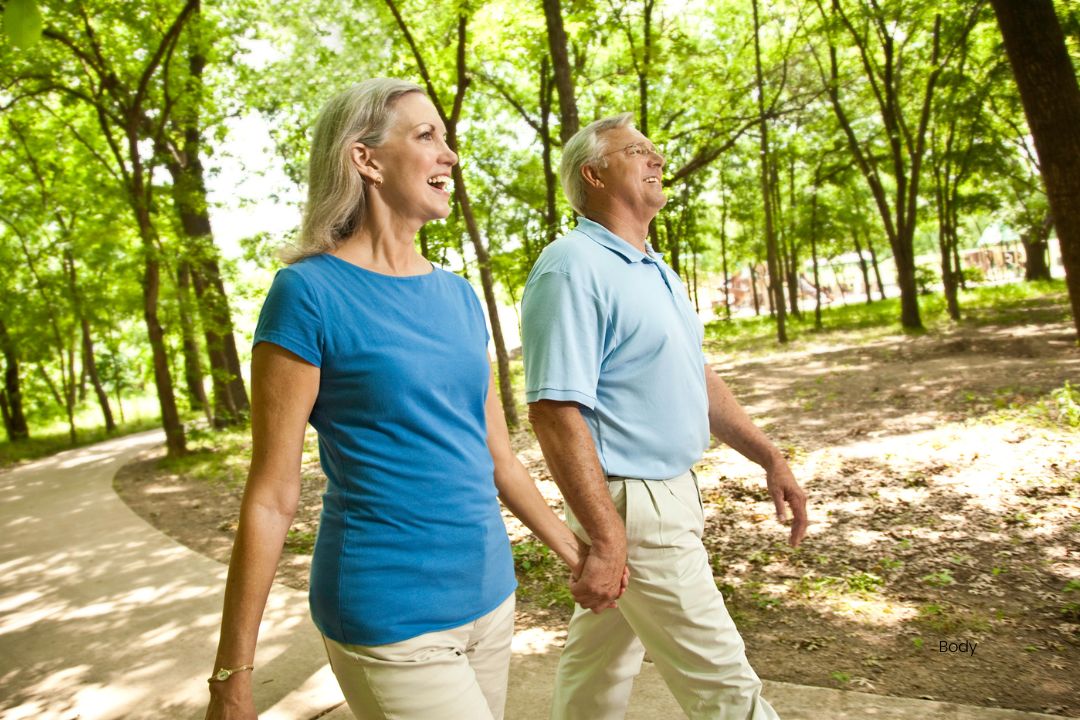Combatting Springtime Sedentary Lifestyles: Simple Exercises to Boost Vein Health
 Introduction
Introduction
Hello, Grand Junction! As we embrace the vibrant beauty of spring, it’s the perfect time to reconsider our daily routines, especially after the long, inactive winter months. Sedentary lifestyles can creep up on us without notice, and they pose significant risks to our health, particularly to our veins. In this detailed guide, we’ll explore how incorporating simple exercises into your daily life can boost your vein health and enhance your overall vitality as we step into spring.
The Risks of Sedentary Lifestyles
- Understanding Vein Health: Our veins are crucial components of the circulatory system, tasked with the vital job of returning blood to the heart. Healthy veins mean better blood flow and more efficient body functions. But when we neglect our vein health, we risk developing conditions that can hinder our quality of life.
- How Inactivity Affects Veins: Extended periods of sitting or limited physical activity can lead to poor circulation, making it harder for your veins to perform their function. This inactivity can result in swelling, pain, and the development of varicose veins or even more serious conditions like deep vein thrombosis.
Benefits of Exercise for Vein Health
- Physical Activity and Circulation: Regular physical activity helps to keep the blood moving and veins pumping efficiently. By enhancing circulation, exercise helps to prevent blood from pooling in the veins and forming clots.
- Specific Benefits for Vein Health Exercises: Engaging in regular exercise can not only help prevent the onset of vein-related issues but can also alleviate symptoms and discomfort from existing conditions. Whether it’s reducing the appearance of spider veins or managing the swelling associated with varicose veins, exercise is a powerful tool for maintaining vascular health.
Simple Exercises to Combat Sedentary Lifestyles
- Walking and Its Benefits: A daily brisk walk can do wonders for your vein health. Walking causes the calf muscles to contract and relax, acting like a pump to assist blood flow back to the heart and reducing the pressure on your veins.
- Stretching for Better Circulation: Incorporating stretching into your daily routine can help maintain muscle flexibility and prevent blood from pooling in the legs. Simple stretches, especially those targeting the lower body, can be done anywhere and require no special equipment.
- Strength Training Basics: Engaging in strength training exercises, such as squats or leg lifts, can strengthen the leg muscles, which in turn supports your veins. Strength training also helps in maintaining a healthy weight, which decreases the pressure on veins and reduces the risk of vein problems.
Exercises You Can Do Anywhere
- Desk Exercises: For those who work at a desk, there are several exercises you can do without even leaving your chair. Try doing seated leg raises or foot pumps to keep the blood circulating.
- Chair Yoga Moves: Chair yoga is an excellent option for incorporating some stretching and flexibility exercises into your routine. Simple yoga moves can be adapted to be performed while seated, providing benefits without needing to change into workout gear.
- Leg Lifts and Ankle Circles: These exercises can be performed while sitting or standing and are excellent for improving circulation in the lower extremities. They’re simple, quick, and effective at promoting leg health.
Outdoor Vein Health Exercises in Grand Junction
- Utilizing Local Parks and Trails: Take advantage of Grand Junction’s natural beauty by visiting local parks and trails. Activities like hiking and cycling not only provide great cardiovascular benefits but also help with leg strength and vein health.
- Community Walking Groups: Joining a walking group can provide a social incentive to get moving. It’s a great way to meet new people while also committing to your health goals.
Incorporating Exercise into Your Daily Routine
- Creating a Sustainable Exercise Habit: Start with manageable goals, like a 10-minute walk after dinner, gradually increasing the time as you build stamina and make exercise a regular part of your daily life.
- Tips for Regular Activity: Schedule exercise into your day as you would any important appointment, and try to stick to it. Having a routine helps turn exercise into a habit.
Nutrition to Support Exercise and Vein Health
- Hydration and Vein Health: Proper hydration is crucial for maintaining the health of your veins. Water helps keep your blood flowing smoothly by preventing it from thickening.
- Best Foods for Healthy Veins: Foods rich in vitamin C, vitamin E, and flavonoids, like oranges and blueberries, can strengthen your vein walls. Adding garlic, ginger, and onions to your diet can also help reduce inflammation and improve circulation.
Tracking Your Progress
- Tools and Apps to Help: Various fitness trackers and apps are available to help you keep track of your activity levels and progress. They can be a great motivator to keep you moving.
- The Importance of Monitoring Your Activity: Keeping an eye on how much you move daily can help you identify patterns and make necessary adjustments to increase your activity levels.
Conclusion
Combatting a sedentary lifestyle is essential, especially during the beautiful spring months in Grand Junction. With the simple exercises and tips provided, you can significantly improve your vein health and overall well-being. Let this spring be the start of a healthier, more active lifestyle!
Vein Health Exercise FAQs
- What is the minimum amount of exercise recommended for improving vein health?
- Aim for at least 30 minutes of moderate physical activity most days of the week.
- Can exercise eliminate varicose veins?
- While exercise cannot eliminate existing varicose veins, it can help reduce symptoms and prevent new ones from forming.
- Is it safe to exercise with deep vein thrombosis?
- If you have deep vein thrombosis, it’s essential to consult with your doctor before starting any exercise program.
- How often should I take breaks if I work at a desk all day?
- It’s recommended to take a short break every 30 to 60 minutes to stretch or walk around.
- What are some signs that I am overexerting myself during exercise?
- Signs of overexertion include excessive fatigue, dizziness, severe breathlessness, and muscle weakness.







